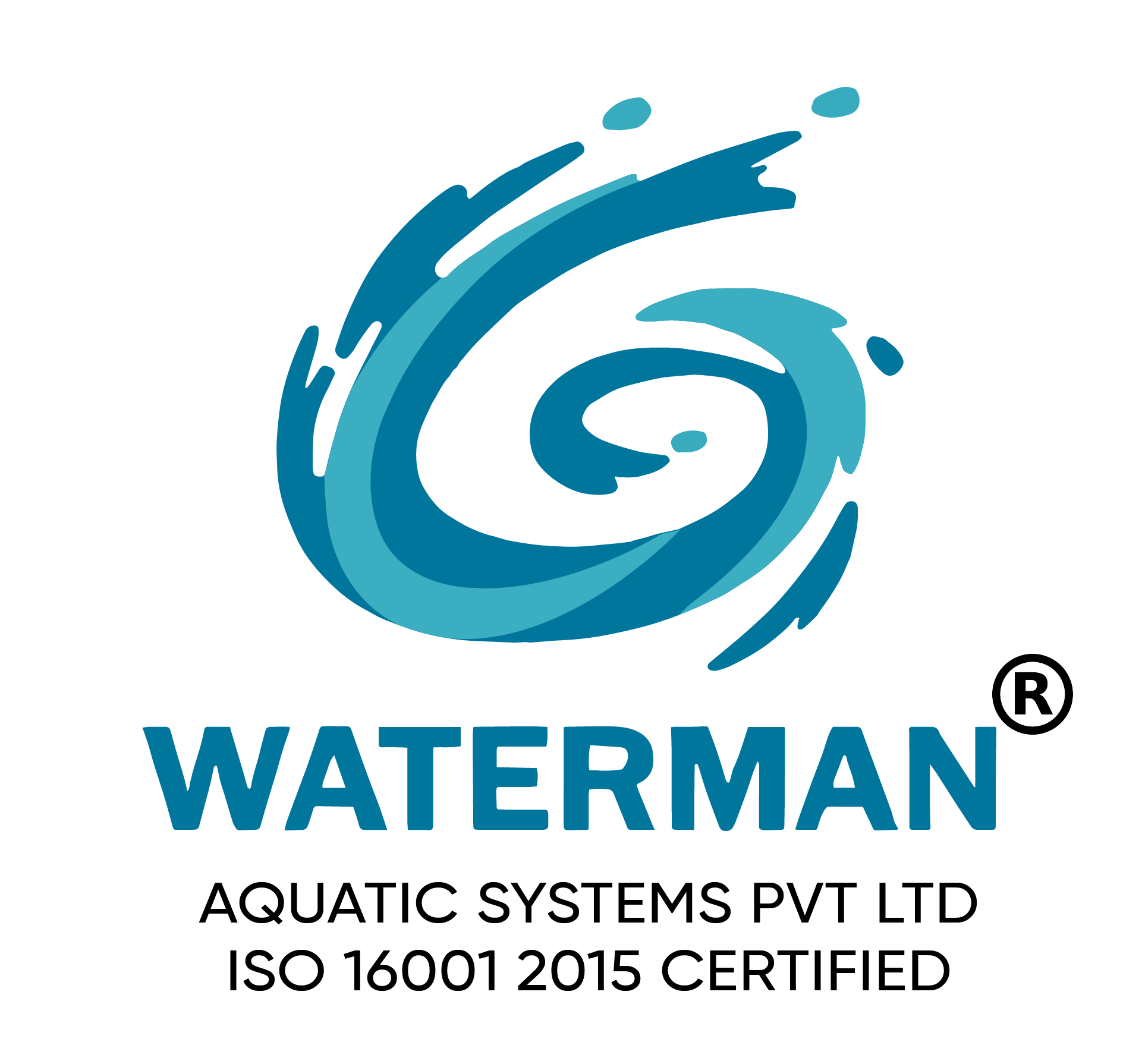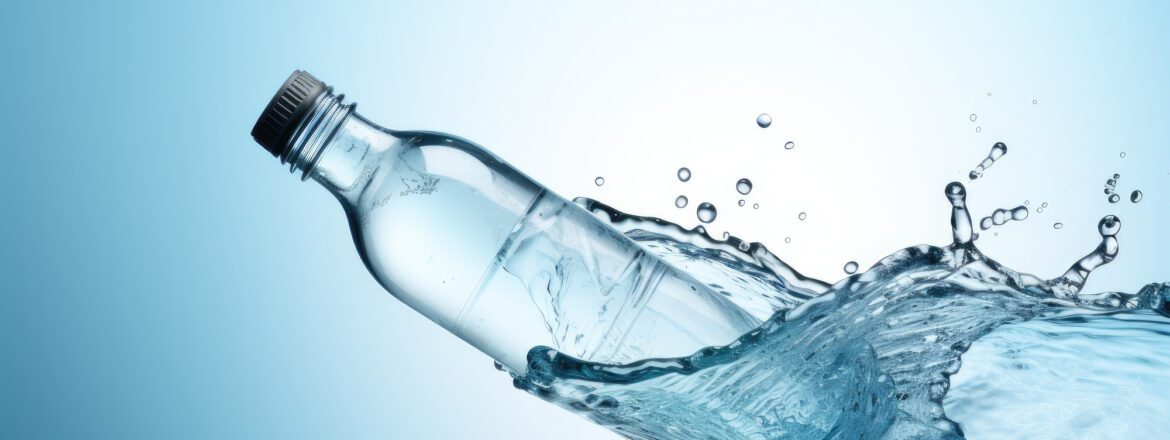1. AUTOMATIC VARIABLE FILTRATION TECHNOLOGY
- AVF (Automated Variable Filtration) is a simple process in which the upper flow of influent is cleansed by the downward flow of filter media. It removes the requirement for any further filter media cleaning method or freshwater. The AVF approach uses a configurable array of continually cleaned descending bed filters. The system’s two-stage architecture includes two sets of media filters that can operate in serial or parallel mode.
The procedure produces water of comparable quality to microfiltration while costing a tenth of the price of low-pressure membranes. It has no moving parts and uses less electricity, resulting in lower operating and maintenance costs. AVF systems are ideal for municipal drinking water and wastewater treatment, as well as wastewater recycling and reuse, membrane pre-filtration, and desalination.
2. PHOTOCATALYTIC WATER PURIFICATION TECHNOLOGY
Photocatalysis for water treatment has gained popularity in recent years due to its efficacy in treating contaminated water. Toxic chemicals are removed from water using photocatalysts and ultraviolet (UV) radiation.Panasonic developed a technique that links the photocatalyst (titanium dioxide) to a commercial adsorbent and a catalyst called zeolite, allowing for successful photocatalyst separation and recovery from water for reuse. Titanium dioxide has the ability to mineralize a variety of organic molecules, resulting in safe end products. To separate compounds, the catalyst uses UV energy from the sun or artificial light. Organic materials, estrogens, pesticides, dyes, crude oil, and microorganisms including viruses and chlorine-resistant infections, as well as inorganic substances like nitrous oxides, can all be broken down via photo catalysis. Photo catalytic water treatment systems are appropriate for use in water and wastewater treatment plants, and can treat industrial effluent that contains high levels of organic compounds or metals.
3. AQUAPORIN INSIDE TECHNOLOGY
Aquaporin Inside technology is based on a bio-mimetic water treatment membrane design developed by the Danish cleantech company Aquaporin. Aquaporins are proteins that allow water to pass quickly and selectively across the cell membrane. They allow the cell to regulate its volume and internal osmotic pressure in response to changes in hydrostatic and osmotic pressure.
The unique geometry of the aquaporin channel allows water molecules to pass through while blocking all other substances. The creation of artificial bio-mimetic membrane systems is also based on natural bio-mimetic membranes. The technology is employed in water filtration and purification systems in both industrial and residential settings.
Aquaporin Inside membranes are the only membranes on the market that cleanse drinking water using aquaporins. The membranes are suitable for both forward and reverse osmosis (FO/RO) processes.
4. NANOTECHNOLOGY
Nanotechnology encompasses a variety of methods and technologies for manipulating materials at the atomic or molecular level. When compared to traditional water filtration procedures, nanotech-based water purification processes are thought to be modular, highly efficient, and cost-effective. Silver, copper, and zero-valent iron (ZVI) nanoparticles, nanostructure photo catalysts, nano-membranes, and nano adsorbents are some of the most common nanotechnology uses in water treatment.
The increased surface-to-volume ratio of nanoparticles increases chemical and biological particle adsorption while allowing pollutants to be separated at very low concentrations .For the removal of metallic contaminants from water, nano-adsorbents have special physical and chemical properties.
5. ACOUSTIC NANOTUBE TECHNOLOGY
Scientists at NASA’s Johnson Space Centre devised the acoustic nanotube technology. It directs water through small-diameter carbon nanotubes using acoustics rather than pressure. The system uses an acoustically driven molecular screen containing carbon nanotubes that allows water molecules to pass through while inhibiting bigger molecules and impurities. It uses less energy than standard filtration systems and instead of eliminating impurities from water, it propels water away from them. The technique also eliminates the requirement for the filter system to be flushed. Municipal water plants, medical facilities, labs, distilleries, desalination plants, industrial facilities, wastewater treatment plants, and the consumer segment are the principal uses of acoustic nanotube technology. With the incorporation of several filters, the innovation is expandable to meet the filtration needs of users.



Leave A Comment
You must be <a href="https://watermanaqua.com/wp-login.php?redirect_to=https%3A%2F%2Fwatermanaqua.com%2Flatest-water-treatment-techniques-in-india-2024%2F">logged in</a> to post a comment.